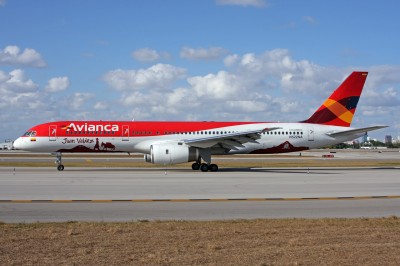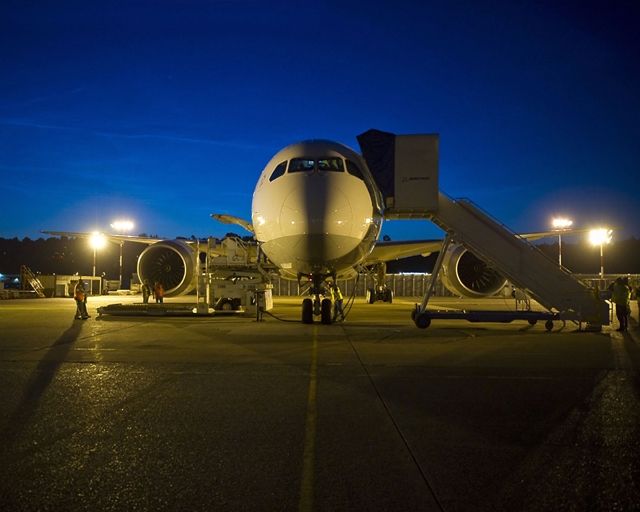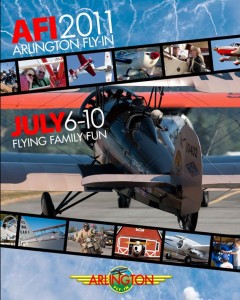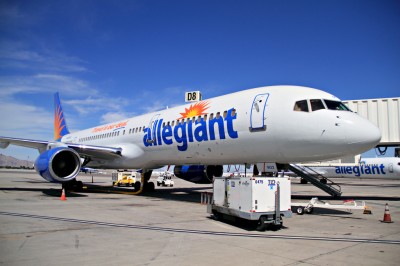
Avianca Boeing 757-200 (N522NA) with special livery.
Avianca is based in Colombia and started operations in 1919 as SCADTA and in 1940 changed their name to Avianca. The airline is currently the oldest airline that operates in the western hemisphere and the second oldest airline in the world.
Avianca operates a fleet of 63 aircraft made up for Airbus A330, Airbus 320 family and the Fokker 50 and 100. They also own quite a few subsidies and recently merged with TACA.
The standard livery on Avianca does a great job using red and the majority of the color on the top of the aircraft and with the multiple swooping colors on the tail. The special livery shown on this Boeing 757-200 (N522NA) features Juan Valdez. The special design is to help celebrate and support the Colombian coffee trade.
Image by: Globespotter
As reported earlier in the week, the second Boeing 787 Dreamliner (ZA002) is currently in Japan undergoing Service Readiness Validation. Even though words about what is going on in Japan is interesting, photos are even better. Boeing has been doing a pretty great job posting photos on their Flickr account, but they also have some slick hi-resolution photos on their media page that I wanted to share. All the photos below were taken by Boeing and have the description from Boeing below each one. Click on any photo for a much larger version. Enjoy!

Photo by Boeing. Click for larger.
The Boeing 787 flight test airplane ZA002 readied for departure from Boeing Field to Japan on Saturday, July 2. Over the coming days, Boeing and 787 launch customer ANA will conduct an important validation of their readiness for the 787 Dreamliner’s entry into service.
Click the link below for additional photos.

If you are in the Seattle area this weekend, be sure to check out the Arlington Fly In.
Attention Seattle peeps: this weekend, the Arlington Fly-In is going taking place (actually started on the 6th and ending on the 10th) — so be sure to go check it out. From personal aircraft to air shows to even vintage tanks, it is quite the spectacle. If you purchase your tickets online, you can save a few bucks and kids under 15 are free.
You can check out photos and more information on their Facebook page or live webcams on the Washington State Department of Transportation website. The Gail Fiege, with the Everett Herald, also wrote up an interesting story about how one can not just explore aircraft, but also military history.

Allegiant Air Boeing 757-200 (N902NV) while in Las Vegas. Yes, this livery looks even better in person -- one of the best on a 757 in my opinion.
Allegiant Air has gained approval from the Federal Aviation Administration (FAA) to start operating the Boeing 757-200. Today the 757 (N902NV) will start service between McAllen-Miller International Airport (MFE) and Las Vegas (LAS). You might have to be a true airline nerd to appreciate an airline starting to use a new aircraft type. I have enjoyed following Allegiant Air’s acquisition of Boeing 757s, see the re-painting, to seeing one in the buff getting its interior installed at Paine Field.
Currently, Allegiant flies a fleet of 51 MD-80 aircraft and this is the first time they have added another aircraft type. The airline owns a total of three Boeing 757s, but two of them are being leased with other airlines until mid-2012. Allegiant also plans to purchase two additional Boeing 757s that will enter service during the first quarter of 2012.
’œThis is an important day for Allegiant,’ Andrew C. Levy, Allegiant Travel Company President, said. ’œThe addition of the Boeing 757-200 will play an important role in our company’s future growth. Our operations team worked long and hard to ensure the completion of this certification and we thank them for their dedication in achieving this important goal.’
Allegiant was hoping to start flying to Hawaii, but the FAA required them to get experience operating the Boeing 757 over land before earning Extended-range Twin-engine Operational Performance Standards 180 (ETOPS), which is required to fly to Hawaii.
It is unlikely that the Boeing 757, configured with 217 economy seats, will remain on the MFE to LAS route, since the airline is hoping to initiate service to Hawaii, Mexico and Canada via Las Vegas and Orlando. The city and airport are pretty excited about the Boeing 757 that they made a video highlighting the new aircraft coming to the airport on YouTube.
Image: gTarted
Video found via Airliners.net

Malaysia Airlines has announced no kids in first class, will Ryanair ban all kids from some of their flights too?
Recently Malaysia Airlines announced they would no longer allow babies to fly in their first class cabins on Boeing 747-400s and Airbus A380s when they go into service. This comes after complaints by first class passengers, who pay a pretty penny, not wanting to hear screaming kids during their flight. The airline has stated they have tried noise cancelling headphones, but passengers wanted the baby-ban. The airline still plans to allow babies in business and economy class seats.
Ryanair also recently announced they would start offering child-free flights this October. However, they announced the new flights right before April’s Fools and they have not officially announced one way or another if they will actually be offering the flights.
On the other side of the spectrum, I just got an email in my inbox this morning from Qatar Airways stating that two kids can fly for free (plus taxes and surcharges) with one adult. It doesn’t appear to be directly related to Malaysia Airlines not allowing babies to fly, but it is pretty good timing.
Reading many of the comments on the internet after Ryanair’s announcement and even more recently after Malaysia Airlines’ baby-ban statement, there seems to be a lot of popularity behind not allowing or restricting children from flying. Personally I do not have my own kids, nor am I a big fan of screaming kids on an airline, but it almost seems that is just part of living in a society — being around kids.
I am curious to get your thoughts and figured it is about time for another poll (Note: if you are reading this on the Seattle PI or Reuters synidcation, you will have to go to https://www.airlinereporter.com to vote):
[poll id=”5″]
If an airline outright banned all kids, there would probably be a huge backlash , even though it seems most people do not want kids on their flight. An airline like Ryanair might be able to get away with it, but look at all the attention Malaysia Airlines received just from banning kids from first class on only two aircraft type. We will have to wait until October to see if Ryanair’s promises of child-free flights was true or just another marketing ploy and I would suspect many other airlines around the world are watching how the Malaysian ban will work out.
Images: David Barrie and ffc57




